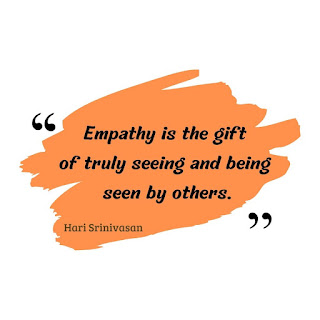Autism Subgroups
Buch et al, 2023
- The identification of three autism subgroups based on genetic and brain connectivity differences.
- 1. increased expression of genes involved in immune system function and synaptic signaling, as well as increased connectivity between the default mode network and the visual network.
- 2. decreased expression of genes involved in synaptic signaling and increased connectivity between the default mode network and the somatomotor network.
- 3. increased expression of genes involved in mitochondrial function and decreased connectivity between the DMN and the somatomotor network.
- The suggestion that key genes associated with each subgroup may lead to distinct autism-related behavioral phenotypes via interactions with atypical functional brain connectivity patterns.
- Distinct biological subtypes of autism may require different treatment approaches.
Methods
combo of network-based analysis and text mining to identify hub genes associated with each subgroup and to analyze the frequency of certain keywords in abstracts related to these genes. The goal was to understand how these genes and their associated behavioral phenotypes may be related to atypical brain connectivity patterns in each subgroup.Limitations of study
- Small sample size
- data from post-mortem brain tissue, which may not fully capture the living brain complexity.
- Focus only on genetic and brain connectivity differences, not look at other factors. Also not look at environmental factors.
- No controls (ie: are these subgroups present in non-autistic controls)
- Sex differences not looked at.
Questions that arise
- How to use subgroups to develop more personalized treatments for each subgroup
- How can these findings be used to inform not just childhood dx but also how to help the growing number of adult autistics.
- Are there other factors beyond genetics and brain connectivity that may contribute to the development of these subgroups?
- What are the ethical implications of using genetic and brain connectivity data to identify subgroups.
Leader of Disability Movement: UC Berkeley alumnus Judy Heumann dies at 75
The Daily Californian on Judy Heumann
Neurotransmitters go Knock Knock
Knock knock. Who's there?
Glutamate. Glutamate who? Glutamate to meet you!
GABA. GABA who? GABA nice day today, isn't it?
Dopamine. Dopamine who? Do-pa-mine if I tell you a joke?
Serotonin. Serotonin who? Serotoninly you didn't forget about me!
GABA. GABA who? GABA nice day today, isn't it?
Dopamine. Dopamine who? Do-pa-mine if I tell you a joke?
Serotonin. Serotonin who? Serotoninly you didn't forget about me!
Judy, My Friend: A Tribute to an Unparalleled Disability Rights Legend
Judy, My Friend: A Tribute to a Disability Rights Legend
Judy my friend, I miss you dearly
But your legacy lives on, ever so clearly
As a trailblazer, a hero, a friend
Your spirit will never, ever end
ABAS - Adaptive Behavior Assessment System
Lexicon [Measures] - ABAS
The ABAS-3 (Adaptive Behavior Assessment System, Third Edition) is a measure of adaptive behavior in individuals from birth to adulthood across multiple domains. It is a widely used measure in autism.
The ABAS-3 measures various areas of adaptive behavior, including communication, daily living skills, socialization, and motor skills. It consists of both a rating scale completed by caregivers and a performance-based assessment completed by the individual. The rating scale gathers information about the individual's behavior and skills from different informants, such as parents, teachers, or caregivers. The performance-based assessment directly observes the individual's abilities in various adaptive domains.
Scoring and interpretation of the ABAS-3 involve comparing an individual's scores to established norms for their age group. The assessment generates standard scores, percentile ranks, and adaptive levels to provide an understanding of an individual's adaptive functioning relative to their peers. Higher scores indicate stronger adaptive skills in the assessed domains.
Limitations w.r.t Autism
- Sensitivity to context: It relies on both rating scale responses and performance-based observations, which may be influenced by the specific context in which the assessment is conducted. Autistics may demonstrate variability in adaptive behavior across different settings, and the assessment might not fully capture these nuances.
- Communication challenges Communication challenges, which can affect their performance on the ABAS-3. The assessment may not fully capture the complexity of their communication skills and may underestimate their abilities in this domain.
- Limited focus on autism-specific behaviors: While the ABAS-3 covers a wide range of adaptive behavior domains, it may not fully capture the unique characteristics and challenges associated specifically with autism. Additional assessments and measures specifically designed for ASD may be necessary to obtain a comprehensive understanding of an individual's adaptive functioning.
Subscribe to:
Posts (Atom)
















